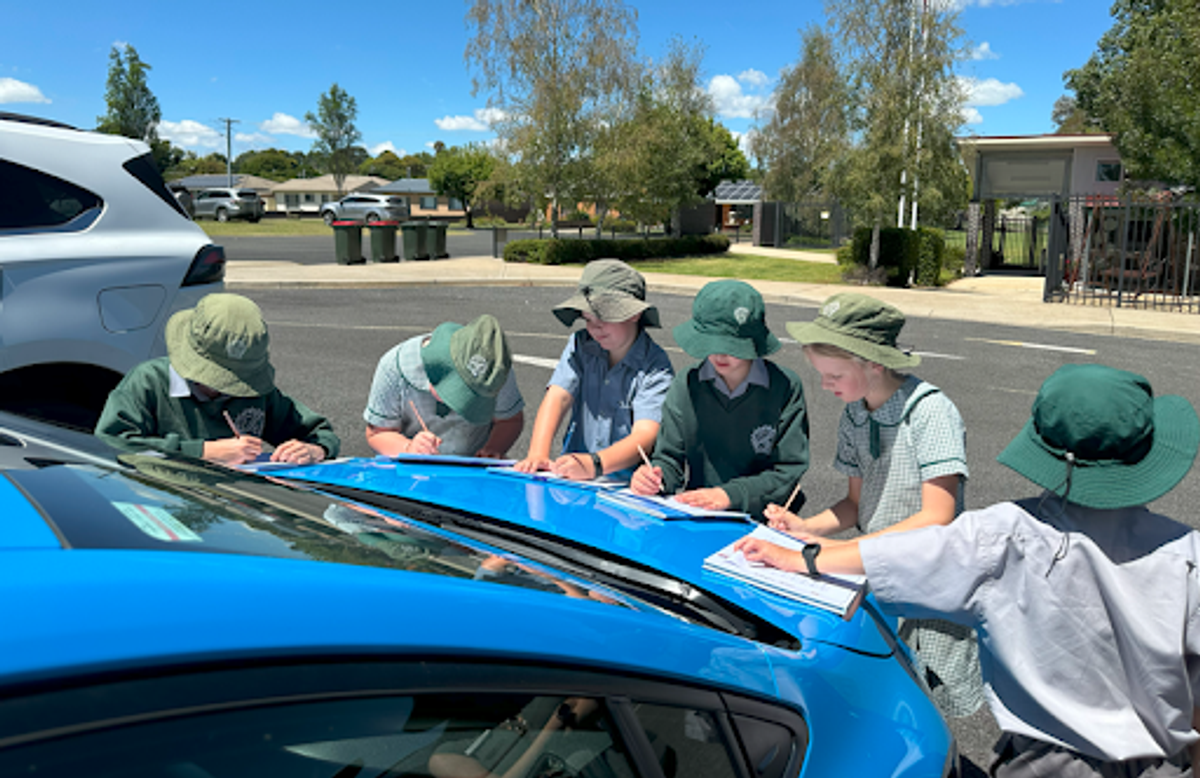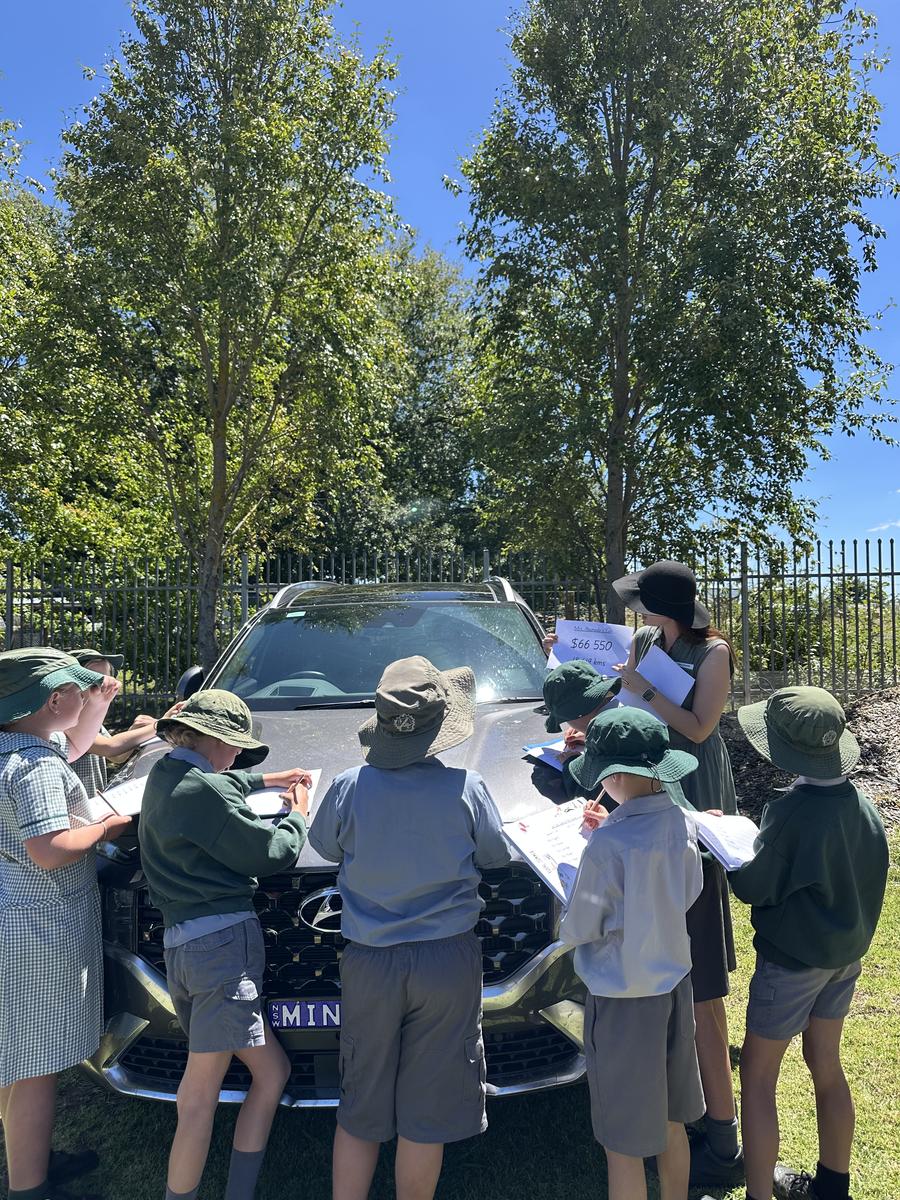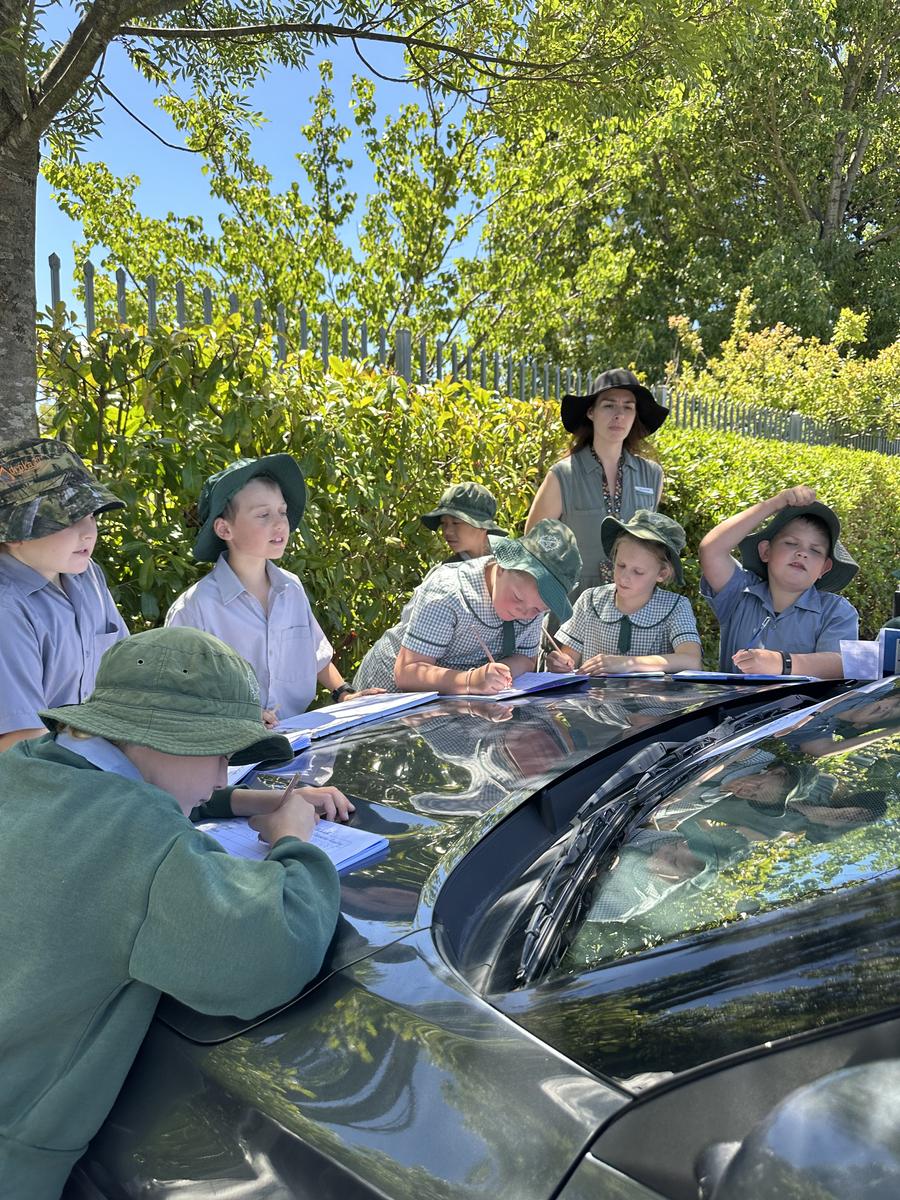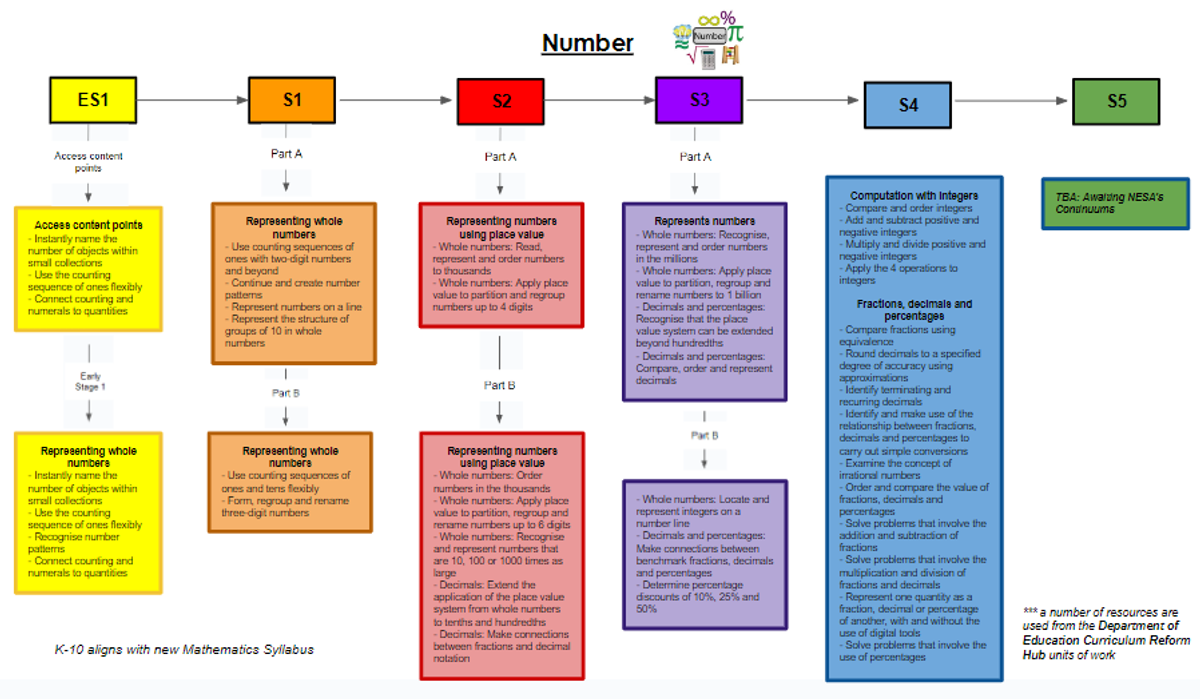The Learning Zone
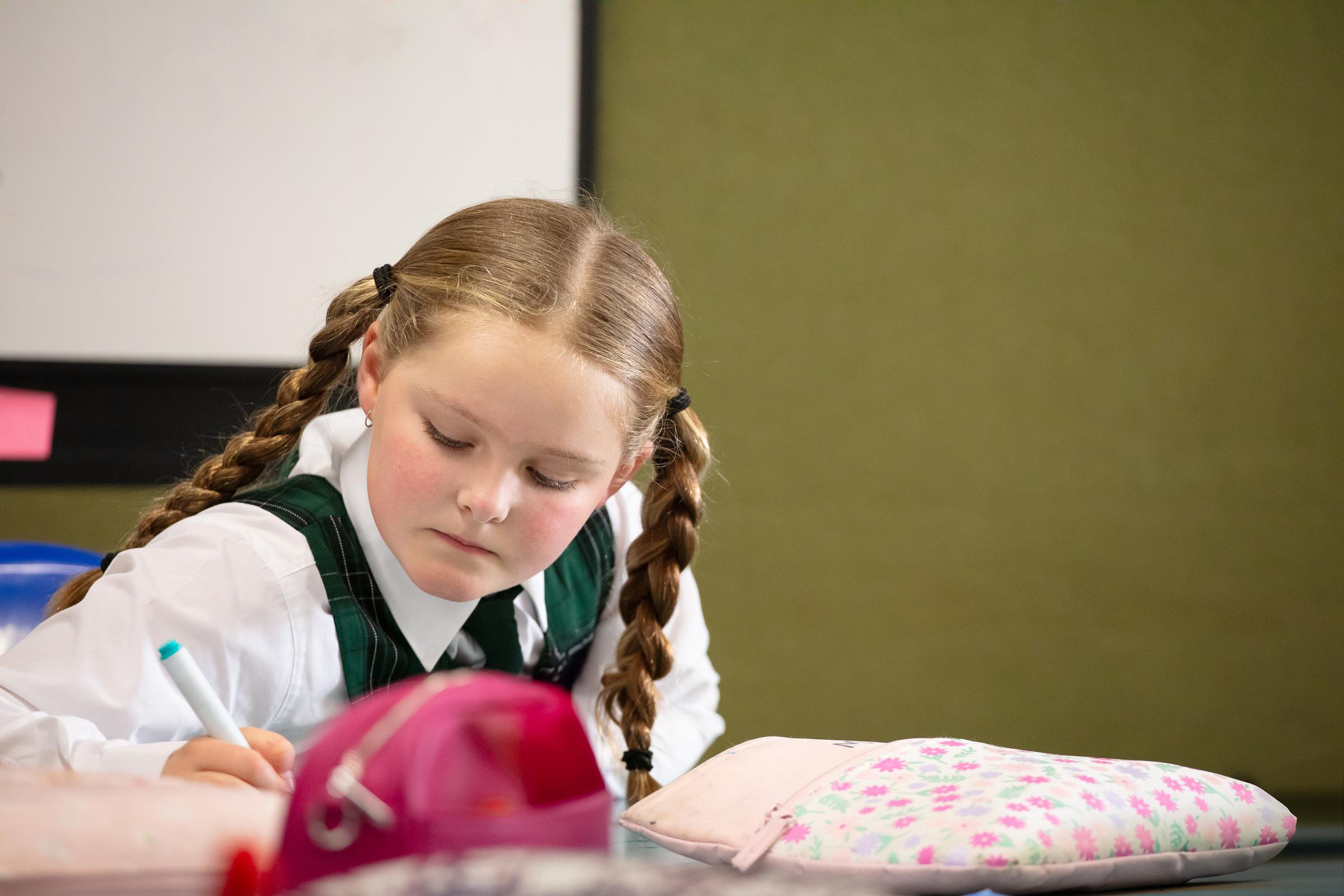
Armidale Diocesan Mathematics Initiative (MaST)
SPOTLIGHT ON STAGE 2
The young people in Stage 2 have recently completed a unit about Position. In this unit, the young people learned how to read and create grid maps using a compass rose to assist them. They also learned how to use directional language to provide clear instructions to describe a route from one location to another using landmarks as reference points.
During Maths lessons for the next three weeks, our Stage 2 students will be working on Representing Whole Numbers. In their work, the learners will learn how to partition and rearrange numbers up to 5 or 6 digits. To start off their learning about the topic, the skilled helpful adults cars were put up for sale in a mock car yard, so the young people were able to read and interpret the cars sale price and odometer readings. If only these enthusiastic learners had enough pocket money today, they would have made some big purchases to bring home to show off.
Understanding place value requires more than naming the ones place, tens place and hundreds place. Students may need multiple opportunities to establish the relationship between the place value of digits in various numerals.
For example, the '5' in 35 represents 5 ones, but the '5' in 53 represents 50 or 5 tens. That is, the '5' in 53 represents 10 times the value of the '5' in 35. Students often initially view each digit in a 2-digit number as representing ‘ones’.
The transition from using the language ‘groups of ten’ in K–2 to referring to ‘tens’ as abstract units, relies on students recognising that a ten is a group of 10 ones. Bundling groups of ten sticks or similar objects when representing 2-digit numbers can provide a context for transitioning language from ‘groups of ten’ to ‘tens’. Some students may find ten-frames and place-value charts useful supports (Hartnett 2018).
The place value numeration system is based on two inseparable principles (Ross 1989):
the positional principle – the position of each digit in a written number corresponds to a unit eg hundreds stand in the third place
the decimal principle – each unit is equal to ten units of the immediately lower order eg one hundred = 10 tens.
It is important that students have opportunities to establish the relationship between ones, tens and hundreds before progressing to non-standard forms of partitioning. The relationship between ones, tens and hundreds is the basis of the place value grouping structure.
The quantity value of 3 in 1234 is clear when we read it as ‘one thousand two hundred and thirty-four’. The multiplicative property of place value (Ross 2002) means that the quantity value of a digit is found by multiplying the face value of the digit (3) by the value of its position (ten).
Place value understanding needs to be explicitly developed in a range of contexts involving representing and operating with multidigit numbers.
Learner Led Conferences
Throughout Week 5 we will be hosting our Learner Led Conferences.
These Learning Conferences will be held on Monday 24th February, Tuesday 25th February and Wednesday 26th February from 3.15pm until 5.30pm.
This Learning Conversation will be for 15 minutes per student and is a conversation centred around your child’s learning and their initial learning goals for 2025.
Parents are reminded to book their conference via the COMPASS platform. Kindergarten conferences will centre around Best Start Assessment Data.
Everything we do at St Mary of the Angels is with the aim of meeting the learning needs of all of our young people, it is vital that parents/ carers share in the conversations for goal setting and celebrating success.
We additionally attach the ‘Families as Partners’ information which guides and informs all family and school interactions.
We look forward to seeing you all at our learning conferences and thank you for your on-going support in working together to provide quality educational opportunities for all our students.
Parent Information NAPLAN Year 3 and 5
Each year the National Assessment Program – Literacy and Numeracy (NAPLAN) is sat by students in Years 3, 5, 7 and 9.
Students will participate in tests for writing, reading, conventions of language (spelling, grammar and punctuation) and numeracy. NAPLAN 2025 will take place from Wednesday 12 March to Monday 24 March. NAPLAN is just one part of our school’s learning assessment program. The tests assess literacy and numeracy skills your child is already learning at school, so the best preparation is their everyday classroom learning.
Our school will also undertake activities to help students become familiar with the types of questions and tools available in the online tests.
The public demonstration site (https://www.nap.edu.au/online-assessment/publicdemonstration-site) is available for you to see the format of the online tests.
Further information about NAPLAN is available on the NESA website (https://www.nsw.gov.au/education-and-training/nesa/naplan) and the NAP website (https://www.nap.edu.au/naplan/for-parents-carers).
If you have any questions about NAPLAN, please contact Zoe Nugent or Libby Lockwood via the office.

